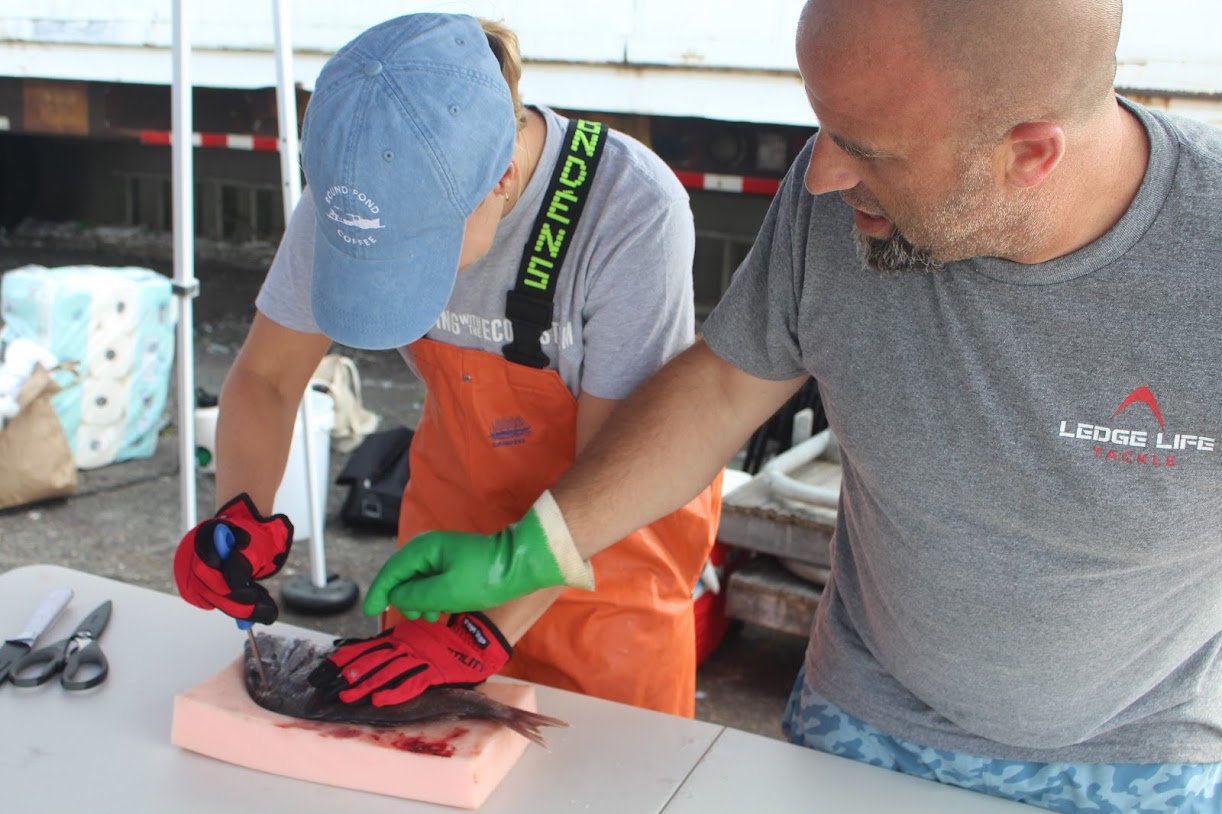Rhode Island’s Top Cash Crop May Surprise You
March 7, 2011
Just off the top of your head, what do you think is Rhode Island’s No. 1 cash crop? Corn, you say? Well, corn is No. 2, but distant second is an understatement. Apples? No. 3.
Cultivated trees, shrubs, flowers and turfgrass account for more sales revenue, about 60 percent of the state’s total, than all other commodities combined. According to the 2007 Census of Agriculture, the sale of nursery stock and turfgrass alone brought $30 million into the state. And while the landscape nursery industry fared better, percentage wise, than most other farm industries in Rhode Island during the last/current recession, a $3 million decrease in revenue was seen between 2004 and 2009. This decrease in revenue, and the skyrocketing costs of operation, means jobs are at stake and could spell big trouble for the local landscape industry.
Too often, prudent landscaping and maintenance practices are viewed as luxuries rather than necessities. As floriculturalist and economist Charles Hall, of Texas A&M University, said while speaking at a recent lecture hosted by the Rhode Island Nurseries and Landscape Association (RINLA), “Unless we, as an industry, can change that perception, we will cease to be.”
The landscape industry sure has plenty of ammo to shoot up that misperception. In addition to the revenue generated by the industry, nearly 2 million jobs exist nationwide in the landscaping and landscape maintenance fields.
Landscaping can also have a more personal and immediate economic impact. “A kitchen or bathroom remodel in your home will return about 70 to 80 percent of your investment. You basically won’t cover your costs,” Hall said. “But an investment in landscaping around the home provides an almost 400 percent return. That’s four dollars for every one invested.”
Those jobs and returns on investments seem even more necessary in the current economic climate.
And speaking of climate, well-engineered landscapes address a host of climate change adaptation and mitigation problems. From lessening the “heat island” effect in urban areas, to improving stormwater runoff, to erosion control, to lessening energy usage by lowering the air conditioning needs of shaded buildings. And let’s not forget our green cover’s ability to turn carbon dioxide into oxygen, while at the same time sequestering that carbon and filtering other pollutants from the air. Studies have shown that open grassland like the grass found on turf farms fixes four times more carbon per acre than deciduous forest.
“A study was done by Harvard Medical School that showed that patients with flowers in their rooms get better faster,” Hall said. “The study concluded that even a picture of flowers in the room, or a window that faced an open green space caused the same increased recovery rate. Is landscaping necessary? I think so.”
Some agricultural advocates and agencies, either unintentionally or by design, discount the landscaping community’s contribution to our culture. “The R.I. Farm Bureau’s purview pretty much stops at edible products,” said Shannon Brawley, executive director of RINLA. Federal money is even harder to come by for nurseries and turf growers. The Natural Resources Conservation Service makes money available for forestry projects, but refuses to fund nurseries or turf growers for land management.
Landscape architecture is becoming more about rethinking so-called “waste” spaces. Former state Department of Environmental Management Director Michael Sullivan, who also spoke at the recent RINLA lecture, noted that, “The state of Rhode Island is the largest open land owner in the state. There are a hundred thousand acres of vegetated roadsides and median strips in the state. The Department of Transportation needs comprehensive vegetation standards. Competent plant cover could repair our watersheds.”
Some may worry that, like in the past, engineering functionality into these “waste” or other spaces will trump ecology, but Rhode Island’s new stormwater manual and low-impact design (LID) standards should prevent that.
“Landscape designers in Rhode Island don’t have a choice,” Brawley said. “The new stormwater and LID regs mean you design for sustainability, or not at all.”
The landscaping industry has always been pretty chemical and petroleum intensive, especially in the maintenance department, but RINLA, according to Brawley, has been “actively encouraging our members to adopt organic and sustainable growing and maintenance practices.” RINLA also has begun a recycling program for the abundant plastic pots and planters that are used daily by its membership.
Water use and conservation is also a big issue in an industry that knows all too well that water is a finite resource, not a commodity. The amount of water used to hydrate the over 4,000 acres of sod and turf in Rhode Island is astounding. Never mind the cost of the water. What’s the cost during a drought, when your entire field dries up,and your grass ceases to sequester carbon?
Even with the huge economic impact of the landscape industry on Rhode Island, the arguments for proper landscape design have, until now, been mostly philosophical and artistic. As we come to understand more about the human impact on the environment, those arguments are becoming increasingly scientific. Sustainable landscapes are a key strategy in the fight against global climate change, especially in urban areas. In rural areas, proper landscape design is necessary to ensure the health of the soil and water, and the continued strength of local food systems.
Remember, there’s a difference between a landscaper and the kid who mows your lawn.
Categories
Join the Discussion
View CommentsRecent Comments
Leave a Reply
Your support keeps our reporters on the environmental beat.
Reader support is at the core of our nonprofit news model. Together, we can keep the environment in the headlines.
We use cookies to improve your experience and deliver personalized content. View Cookie Settings




Rhode Island is the only state in the country that allows turf and nursery businesses to receive agricultural subsidies. Although I understand that without these subsidies these businesses may fail and more of our prime agricultural land would be developed, I do not think that it is in taxpayers interest to subsidize these industries. Turf farms may be sequestering carbon, but they are also inch by inch scraping top soil off of some of our best agricultural land, and competing with food producers for scarce agricultural land. For a state that only produces 1% of its own food, I think that it would be prudent to question where our agricultural subsidies are going.
Katie,
Specifically, to which subsidies are you referring? The only "subsidy" we could find was the USDA's Agricultural Disaster Assistance, which really isn't a subsidy. Please send any info you have to [email protected].
so whats the cash crop